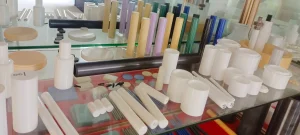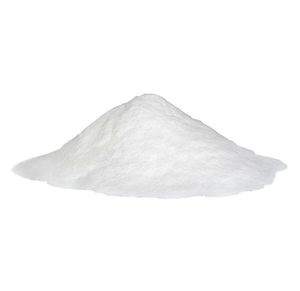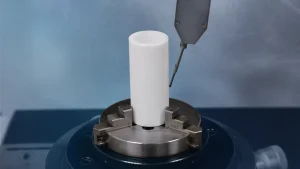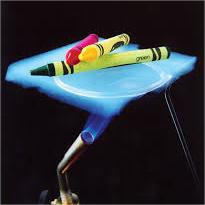Professional industry ceramic supplier, silicon nitride, silicon carbide, aluminum nitride and any other kinds of ceramics.
1. Introduction
Just 24 hours ago, a major materials science conference in Germany highlighted breakthroughs in high-purity silicon carbide (SiC) manufacturing—sparking renewed interest in silicon carbide crucibles for next-gen semiconductor and metal casting applications. As industries push toward higher operating temperatures and cleaner melts, the choice of crucible material has never been more critical.
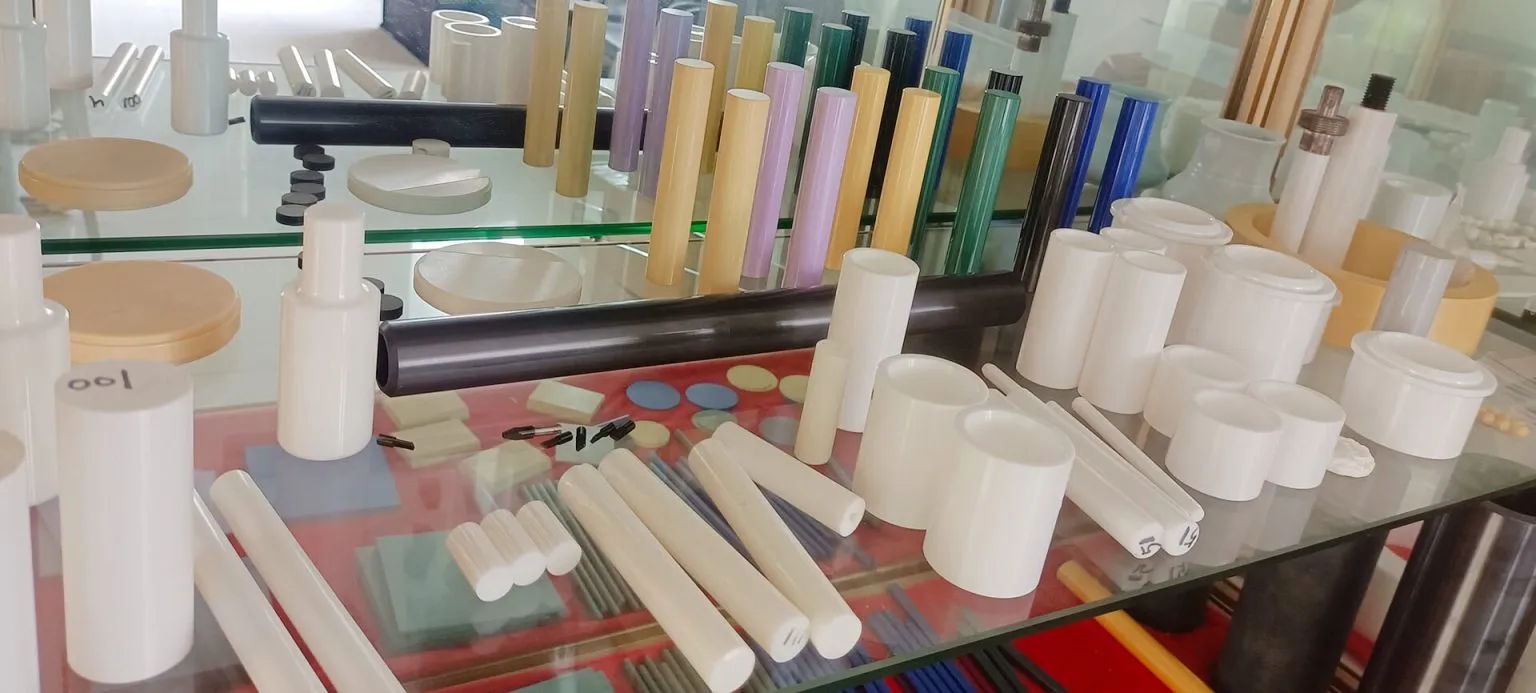
Silicon carbide crucibles are prized for their exceptional thermal conductivity, chemical inertness, and resistance to thermal shock. But how do they really stack up against other advanced ceramics like alumina (Al2O3), zirconia (ZrO2), and silicon nitride (Si3N4)? Let’s break it down.
2. What Makes Silicon Carbide Crucibles Unique?
Silicon carbide crucibles are made from sintered or reaction-bonded SiC, offering unmatched performance in extreme environments. Unlike traditional clay-graphite crucibles, SiC versions don’t degrade quickly when exposed to molten metals like aluminum, copper, or even reactive alloys.
- Extremely high thermal conductivity (up to 120 W/m·K)
- Excellent resistance to oxidation up to 1600°C
- Low thermal expansion = minimal cracking during rapid heating/cooling
- Chemically inert to many molten metals and slags
These traits make silicon carbide crucibles ideal for foundries, lab-scale metal purification, and even solar-grade silicon production.
3. Silicon Carbide vs. Alumina Crucibles
Alumina (Al2O3) crucibles are widely used due to their affordability and decent chemical stability. However, they fall short in thermal shock resistance and conductivity.
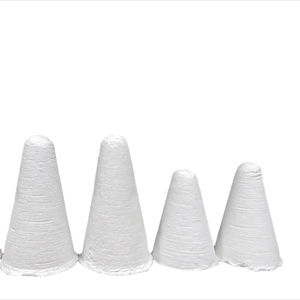
While alumina crucibles work well for lower-temperature applications (<1700°C) and non-reactive melts, they’re prone to cracking under rapid thermal cycling. Silicon carbide crucibles outperform them in dynamic heating environments—especially in continuous casting or induction melting.
Cost-wise, alumina is cheaper upfront, but silicon carbide often wins on lifespan and process efficiency.
4. Silicon Carbide vs. Zirconia Crucibles
Zirconia crucibles (often yttria-stabilized) offer superior resistance to reactive melts like titanium or rare earth metals. They can handle temperatures beyond 2000°C—but at a steep price.
The downside? Zirconia has poor thermal conductivity and is brittle. A sudden temperature change can shatter it. In contrast, silicon carbide crucibles handle thermal cycling far better, though they may react with highly oxidizing or basic slags.
For most non-reactive metal processing, silicon carbide is the smarter balance of performance and cost.
5. Silicon Carbide vs. Silicon Nitride Crucibles

Silicon nitride (Si3N4) crucibles—produced by specialized silicon nitride crucible factories—are gaining traction for their high strength and creep resistance at elevated temperatures. They’re excellent for aerospace alloy melting and semiconductor crystal growth.
However, silicon nitride is significantly more expensive and harder to fabricate in large sizes. While a custom silicon nitride heat shield or silicon nitride ring might be perfect for precision applications, a standard silicon carbide crucible delivers 90% of the performance at half the cost for most industrial uses.
Also, silicon nitride’s lower thermal conductivity can lead to uneven heating—something silicon carbide avoids thanks to its metallic-like heat distribution.
6. Beyond Crucibles: The Broader Silicon Carbide Ceramic Ecosystem
It’s worth noting that silicon carbide isn’t just for crucibles. The same material powers a wide range of advanced ceramic components:
- Silicon carbide ceramic tiles for wear-resistant linings
- RBSiC silicon carbide tile blocks for kiln furniture
- Silicon carbide burner nozzles and silicon carbide brick for furnaces
- Silicon carbide ceramic tubes for thermocouple protection
- Even consumer items like silicon carbide ceramic baking dishes and dinner plates (yes, silicon carbide ceramic dinnerware is a real niche!)
Meanwhile, comparisons like boron carbide vs silicon carbide often arise in armor and abrasives—but for high-temp containment, SiC remains king.
7. Conclusion
When choosing a crucible, it’s not just about temperature limits—it’s about thermal shock resistance, chemical compatibility, lifecycle cost, and manufacturability. Silicon carbide crucibles strike a rare balance across all these factors, making them the go-to for demanding industrial and laboratory applications.
While alternatives like zirconia or silicon nitride have their place in ultra-high-purity or reactive environments, silicon carbide remains the workhorse of advanced ceramic crucibles—proven, reliable, and continuously improving thanks to innovations in sintering and composite design.
Our Website founded on October 17, 2012, is a high-tech enterprise committed to the research and development, production, processing, sales and technical services of ceramic relative materials such as 5. Our products includes but not limited to Boron Carbide Ceramic Products, Boron Nitride Ceramic Products, Silicon Carbide Ceramic Products, Silicon Nitride Ceramic Products, Zirconium Dioxide Ceramic Products, etc. If you are interested, please feel free to contact us.

